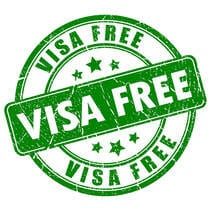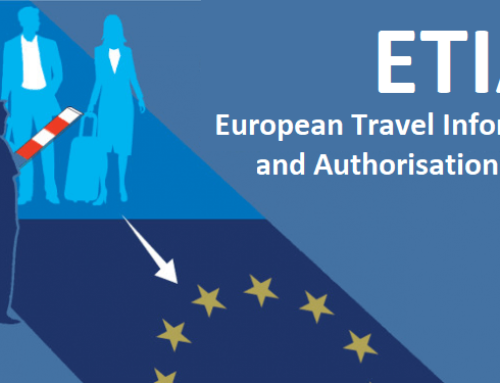
?Update: November 1, 2023
ETIAS REQUIREMENTS STARTS SOMETIME IN mid-2025
Originally the ETIAS system was planned to start on January 1, 2021. It has been delayed several times and now is slated to start sometime in 2024, but once again delayed until mid-2025 – although no specific date has been set yet.
THE EU IS NOT REQUIRING VISAS FOR U.S. CITIZENS
There has been a bit of confusion this week over whether the European Union (EU) is imposing a new visa requirement for United States citizens. Currently, U.S. citizens holding a valid US passport can enter Schengen Zone countries and stay for up to 90 days without a visa. ?
To clear up the confusion, the EU is not imposing a new visa requirement. What they have done is to require that beginning in 2021, U.S. citizens will have to submit information into the “European Travel Information and Authorization System” (ETIAS) prior to entering the Schengen Zone. This requirement will apply to U.S. citizens and visitors from other visa-free countries.
?SITE: ETIAS
ETIAS REQUIREMENTS START IN mid-2025
Originally the ETIAS system was planned to start January 1, 2021. It has been delayed until November 2023. Now once again delayed.
The ETIAS authorization process is short and simple and can be done online. You’ll need a valid U.S. passport to complete the online application. It will take a few minutes to complete, and your approval will be provided within minutes. The cost is a mere 7 euros or around $8 depending on exchange rates for adults. Children under 18 and adults over 70 don’t have to pay a fee, but still must register. Any traveler should be able to complete the online authorization themselves. For US citizens there should not be a need to use a visa service. It is easy to do online.
?
The ETIAS system is similar to the U.S. “Electronic System for Travel Authorization” (ESTA) which the U.S. uses to screen European and other nationals who enter the U.S. through the visa-waiver program. Like the U.S. ESTA program, the European ETIAS is an automated system to identify security risks posed by citizens in visa-waiver countries. Neither ESTA nor ETIAS are visas.
?WHAT IS THE SCHENGEN ZONE
?The Schengen Zone or Area comprises 26 European nations. The Schengen agreement was signed in 1985 by the member nations in the town of Schengen, Luxembourg (hence the name). Member states agreed to abolish borders between member countries and created a single jurisdiction to govern international travel. As a result, the member nations have a single visa policy. Not all EU members are part of the Schengen Zone, and not all Schengen Zone members are part of the EU.
?What Are the Benefits of the Schengen Zone
?Countries that are members of the Schengen Zone have open borders and allow the free movement of people and goods throughout the Zone. For U.S. citizens this means that once you enter any Schengen Zone country, you can travel throughout the Zone without needing to show your passport or go through immigration as you cross country borders.
?Schengen Zone Countries
?Austria, Belgium, the Czech Republic, Denmark, Estonia, Finland, France, Germany, Greece, Hungary, Iceland, Italy, Latvia, Liechtenstein, Lithuania, Luxembourg, Malta, the Netherlands, Norway, Poland, Portugal, Slovakia, Slovenia, Spain, Sweden and Switzerland
?E.U. Countries Not in Schengen Zone
Bulgaria, Croatia, Cyprus, Ireland, Romania and the United Kingdom. Bulgaria, Croatia, Cyprus, and Romania are pursuing membership in the Schengen Zone, but have not met all the requirements yet. The U.K. and Ireland are currently members of the EU, but never sought membership in the Schengen Zone.








